The FiiO FT3 review samples were kindly provided free of charge in exchange for an honest review. I didn’t receive monetary or any other kind of compensation and I don’t use affiliate links. The price of the FiiO FT3 is $299 and you can buy it from FiiO.eu.
FiiO FT3 Review
Readers with strong memory might remember the FiiO EH3 which was the first full sized headphone ever made by FiiO. This was a closed-back headphone with wireless connectivity and ANC that sounded very good for the price but had to face strong competition and eventually vanished from the market. Fast forward to the present and we have the FT3 which is FiiO’s first, full sized headphone with an open-back design that inaugurates a new series of products and it will be followed by other models.
FiiO FT3 (350Ω)
The FiiO FT3 is a large diaphragm headphone that boasts a 60mm dynamic driver that can push more air and convert energy into sound more efficiently. Due to the large driver size, FiiO opted for a beryllium-plated gasket and a DLC diaphragm. The gasket is plated with beryllium so it is lighter but also more rigid thus able to handle the movement of the large dynamic driver with less distortion. The diaphragm of the FT3 is made of DLC (Diamond-Like Carbon) which is both highly sturdy and lightweight compared to other diaphragm materials thus is less prone to breakup and nonlinear distortion.
The FT3 utilizes powerful N52 neodymium magnets to maximize sound quality under its 350Ω impedance design. These magnets have been arranged in an optimized asymmetrical internal and external magnetic circuit system. When the voice coil starts to move during the reproduction of sound, the optimized magnetic circuit balances this movement of the voice coil and diaphragm, especially during large dynamic changes, which allows more effective use of magnetic energy and better control over the voice coil
The FT3 was originally designed with a 350Ω impedance because higher impedance headphones are more effective in filtering out noise, resulting in a purer sound with higher signal-to-noise ratio performance. The drawback is that the headphone needs higher voltage swings so and the use of a powerful headphone amplifier is essential to get the most out of it. Not all people have, or don’t want to have, powerful stationary amplifiers so FiiO decided to also make a 32Ω impedance version of the FT3 which is more friendly with portable sources.
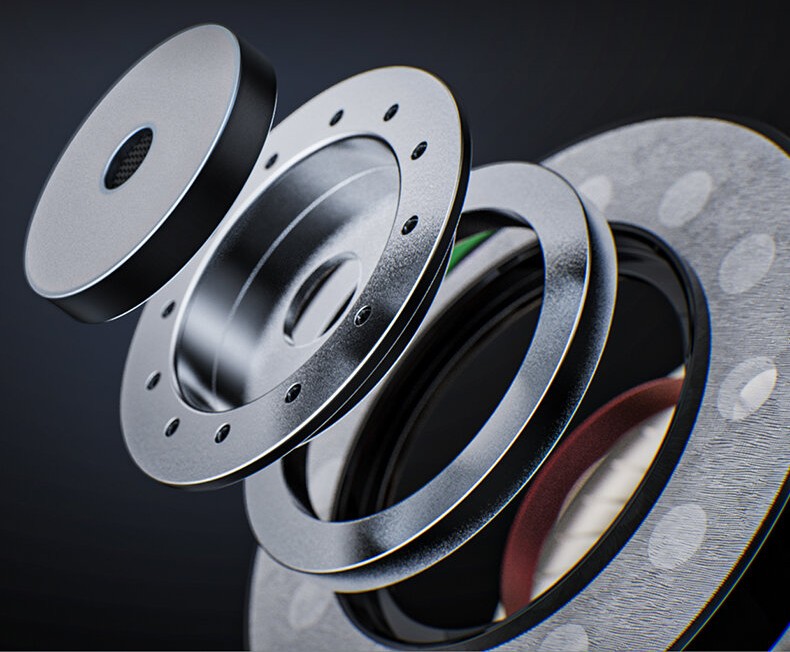
FiiO FT3 (32Ω)
The 32Ω version of the headphone also uses a 60mm large dynamic driver but this time with a LCP aluminum plated + aluminum metal composite diaphragm. The seal of the FT3 32Ω driver is coated with aluminium. This not only results in a lighter gasket (and thus a lighter driver), but also a stiffer gasket that is better able to handle the movements of the large dynamic driver, resulting in less distortion. The FT3’s diaphragm is made of LCP, which is very robust and lightweight compared to other diaphragm materials. This means that the FT3 driver is less prone to breakage and therefore non-linear distortion, while at the same time having an extremely extended frequency response. The voice coil is made of ultra-fine copper-clad Japanese aluminium with a diameter of only 0.035mm. This finer voice coil allows the driver to follow signals better and faster, has anti-interference capabilities and enables thunderous dynamics over a wide frequency response range. The FT3 uses powerful N52 neodymium magnets to maximise sound quality at an impedance of 32Ω. These magnets are arranged in an optimised asymmetrical internal and external magnetic circuit system. When the voice coil begins to move during sound reproduction, the optimised magnetic circuit compensates for this voice coil and diaphragm movement, especially during large dynamic changes – allowing more effective use of magnetic energy and better control over the voice coil.
For the full technical documentation please click here .
Design and build quality (both versions)
The ear-cups and the gimbals of the FiiO FT3 are entirely made from aluminum alloy which is highly rigid yet lightweight. The exterior design features hexagonal elements that remind of moving fan blades thus giving the headphone some kind of a modern-industrial, sci-fi appearance. The headband consists of an upper metal frame which is cushioned with stitched leather and an inner suspended band that is made from padded leather. Build quality, finish and overall construction of the FiiO FT3 are really exceptional and it is one of the best made headphones of the market and not only of its price category.
Ear pads (both versions)
The FiiO FT3 350Ω comes with two sets of ear-pads, one made from suede and the other from protein leather, that are designed to offer two different sound profiles. Pad swapping is easily done and takes less than a minute because they get attached with the aid of a plastic ring which clicks into the ear-cup.
The FiiO FT3 32Ω also comes with 2 sets of ear-pads. The suede pads are exactly the same as in the 350Ω version but the other set is exclusive of the 32Ω version and is of a hybrid construction with a combination of suede and perforated leather.
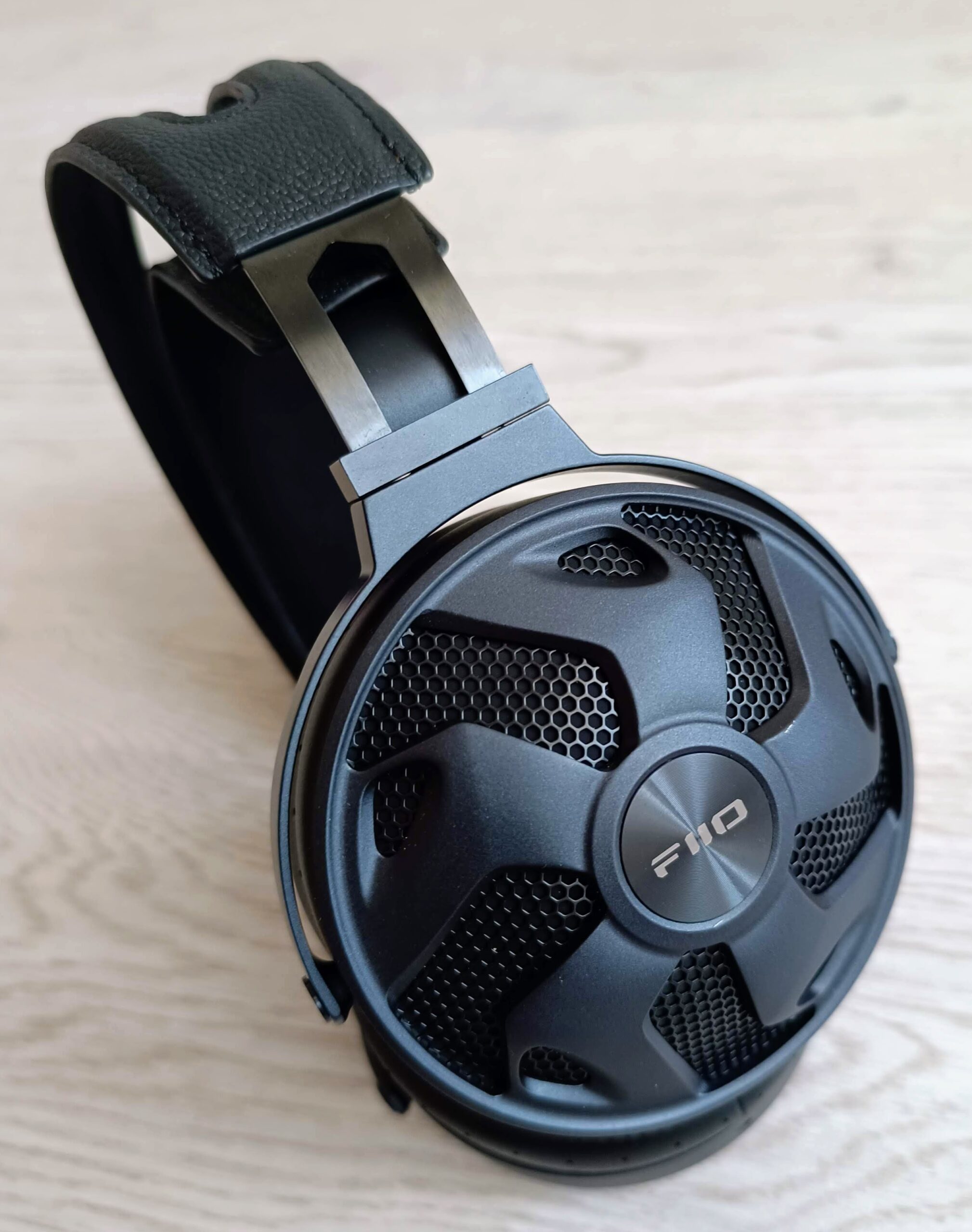
Wearing comfort (both versions)
The FiiO FT3 weighs 391g without the cable so it is relatively lightweight, especially for a headphone that is entirely made from aluminum alloy. Additionally the self-adjusting headband does an excellent job evenly distributing the weight into the listener’s head while it sits very comfortably without exercising pressure or too much clamping force. The ear-cups also feature a 3-axis swiveling design and the FiiO FT3 could really be one of the most comfortable headphones in the market if it wasn’t for the small sized ear-pads. Unfortunately the inner diameter of the ear-pads is just 6 cm long and they are also not that deep so most ears will touch both the inner circumference and protective mesh thus compromising overall wearing comfort.
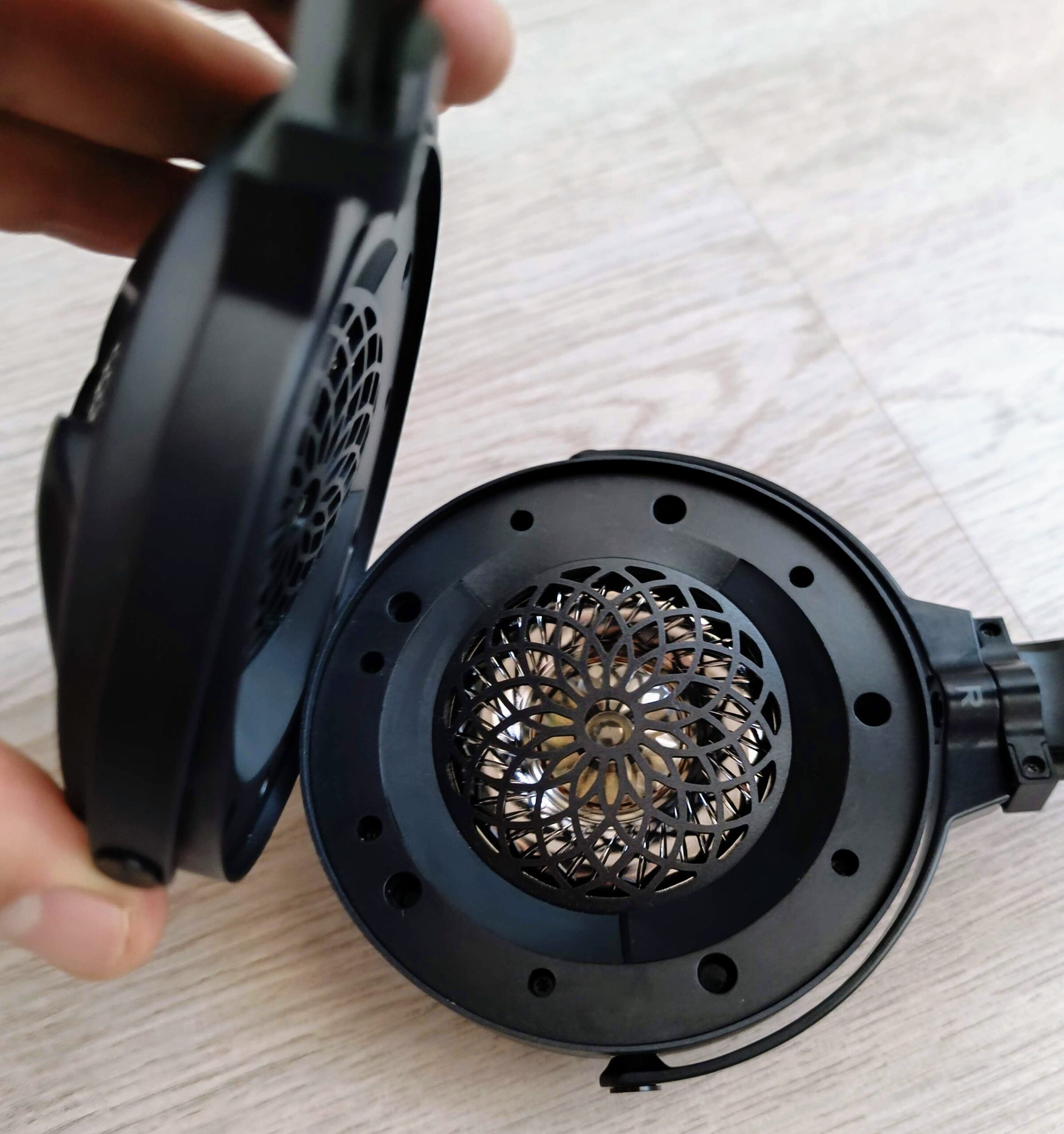
Cable (both versions)
The FiiO FT3 uses a detachable cable system with 3.5mm plugs on the ear-cups side. Standard with the FT3 comes a 3m, 23AWG diameter cable consisting of high-purity Furukawa mono-crystalline copper wire. This is OYAIDE’s original cable manufactured by Furukawa and is now discontinued so it is limited to 5000 pieces. After this stock gets depleted the FiiO FT3 will be sold with copper cables from other manufacturers. Another advantage of the cable is that it features a modular plug system and comes with 4.4mm and 3.5mm plugs as a standard plus 4.4mm to 4-pin XLR and 6.35mm adapters. This is a high quality cable with low microphonic noise but it is too long to be convenient so a 2m length would be more appropriate and it would have allowed FiiO to manufacture 2500 cables more.
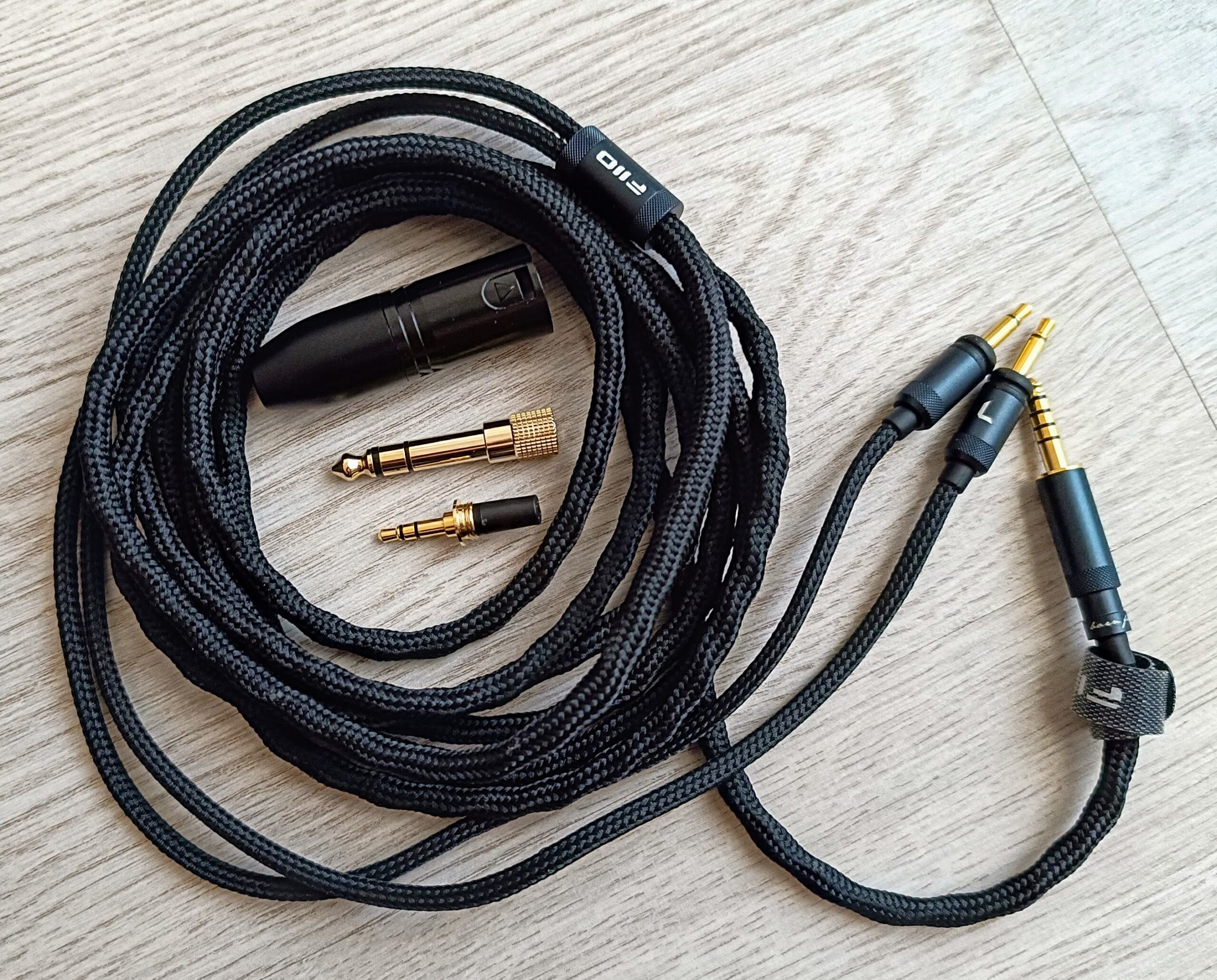
Thankfully, for the 32Ω version of the headphone, FiiO opted for a shorter, 1.5m long cable that is made of high-purity monocrystalline copper wire in a 23 AWG diameter. This cable is of the same high quality as the 350Ω cable and uses the same interchangeable plugs system.
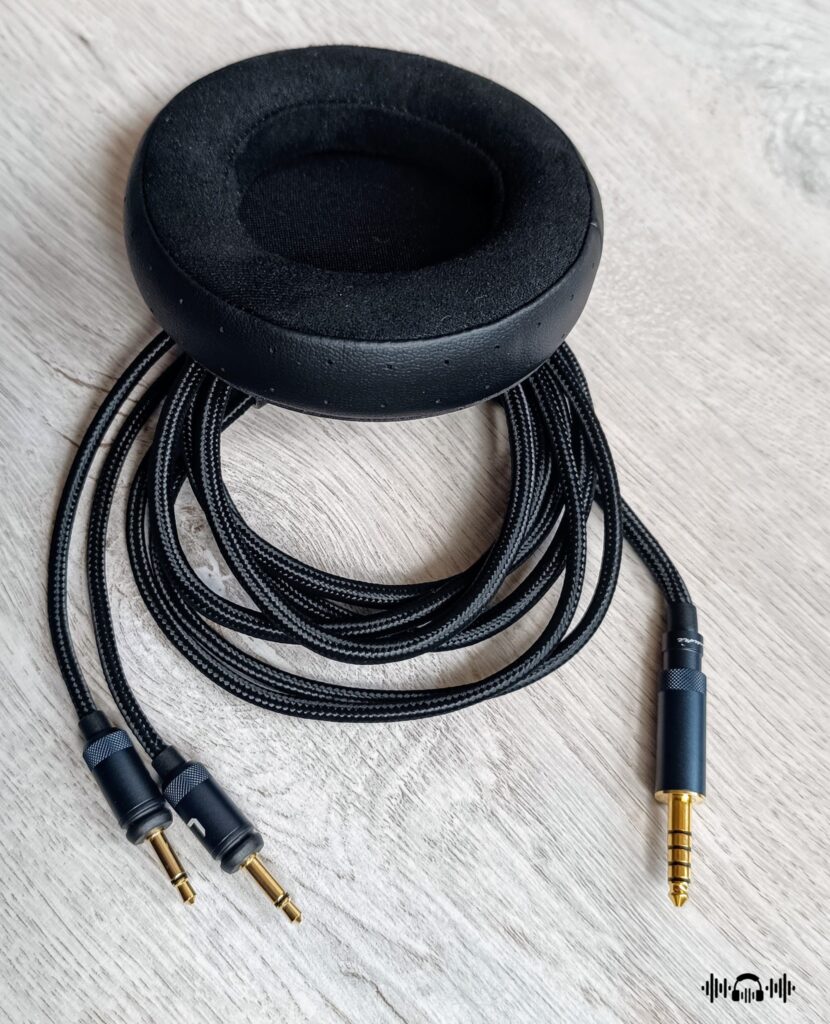
Accessories (both versions)
The FiiO FT3 comes with a high quality, leather, storage bag with a side zipper, a velour carrying pouch, the two ear-pads, the stock cable with the various plugs and adapters that are stored in a scratch tray. A flagship-level bundle that is miles ahead of the competition.
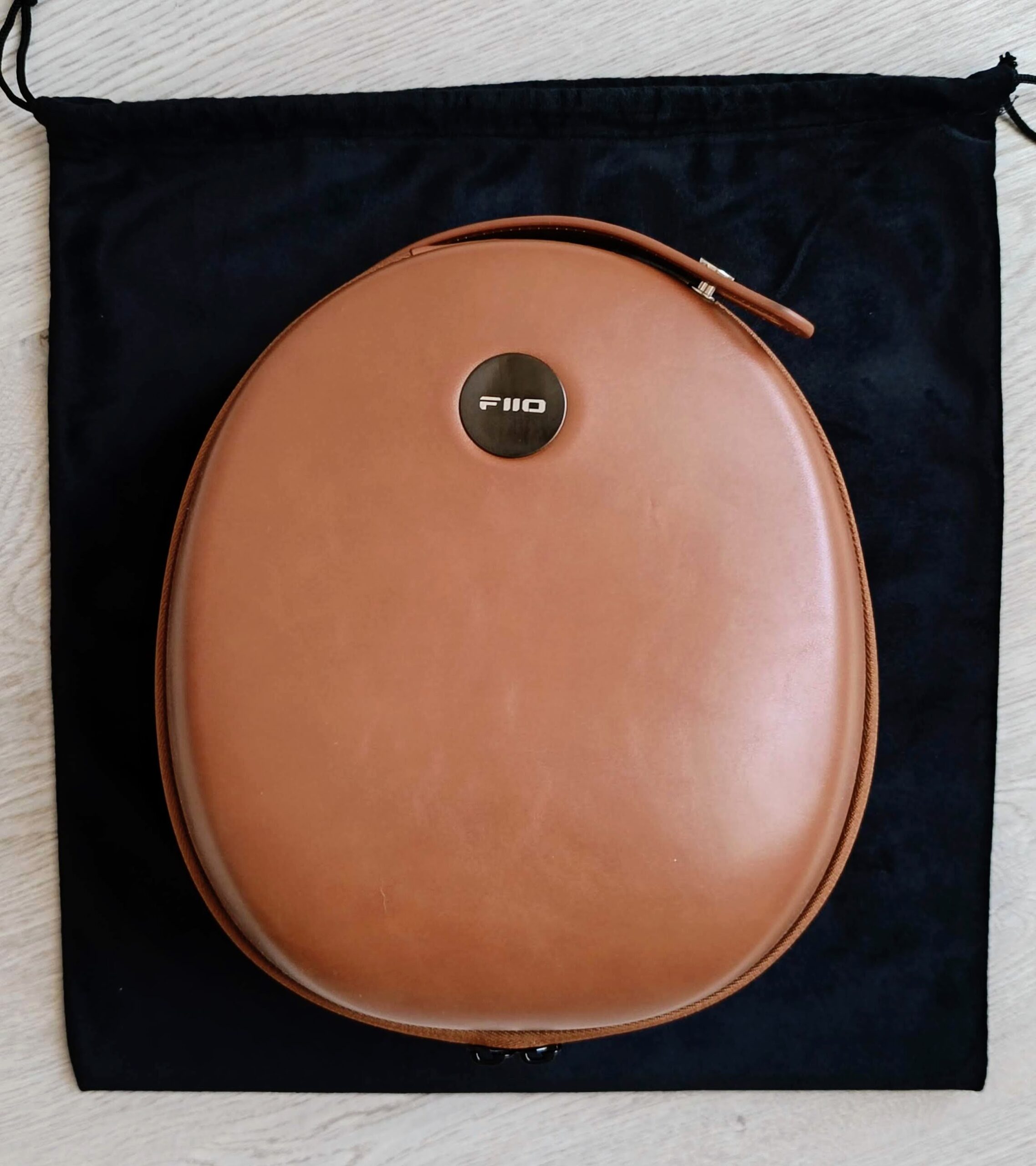
Power requirements (350Ω)
The 350Ω version of the FT3 has 105dB (1Vrms) of sensitivity so it is not that difficult to drive but follows the rules of higher impedance headphones that need an amplifier able to produce large voltage swings. You don’t have to necessarily use a desktop system, like the FiiO K9, portables can also do fine as long as they are powerful enough, like the FiiO Q7, M17 or M15S. Two other great matches were with the EarMen Angel and the Aune S9c Pro which did a great job in reinforcing the slightly lean and dry nature of the FiiO FT3 350Ω. The headphone scales pretty well with upstream gear and offers a distortion free sound in the whole frequency range even at higher listening volumes.
Power requirements (32Ω)
The 32Ω version has 110dB (1Vrms) of sensitivity so it is as easy to drive as the 350Ω with the benefit that just a few mA of current are enough to make it sound loud and dynamic so all capable portable sources can do the trick. The FiiO FT32Ω still scales well with upstream gear but not as the 350Ω version. High quality portable USB DACs, like the Cayin RU7 or the iFi Go bar were enough to make it sing.
As per usual practice both headphones were left playing music for about 100 hours before listening evaluation. All aftermarket cables are made by Lavricables.
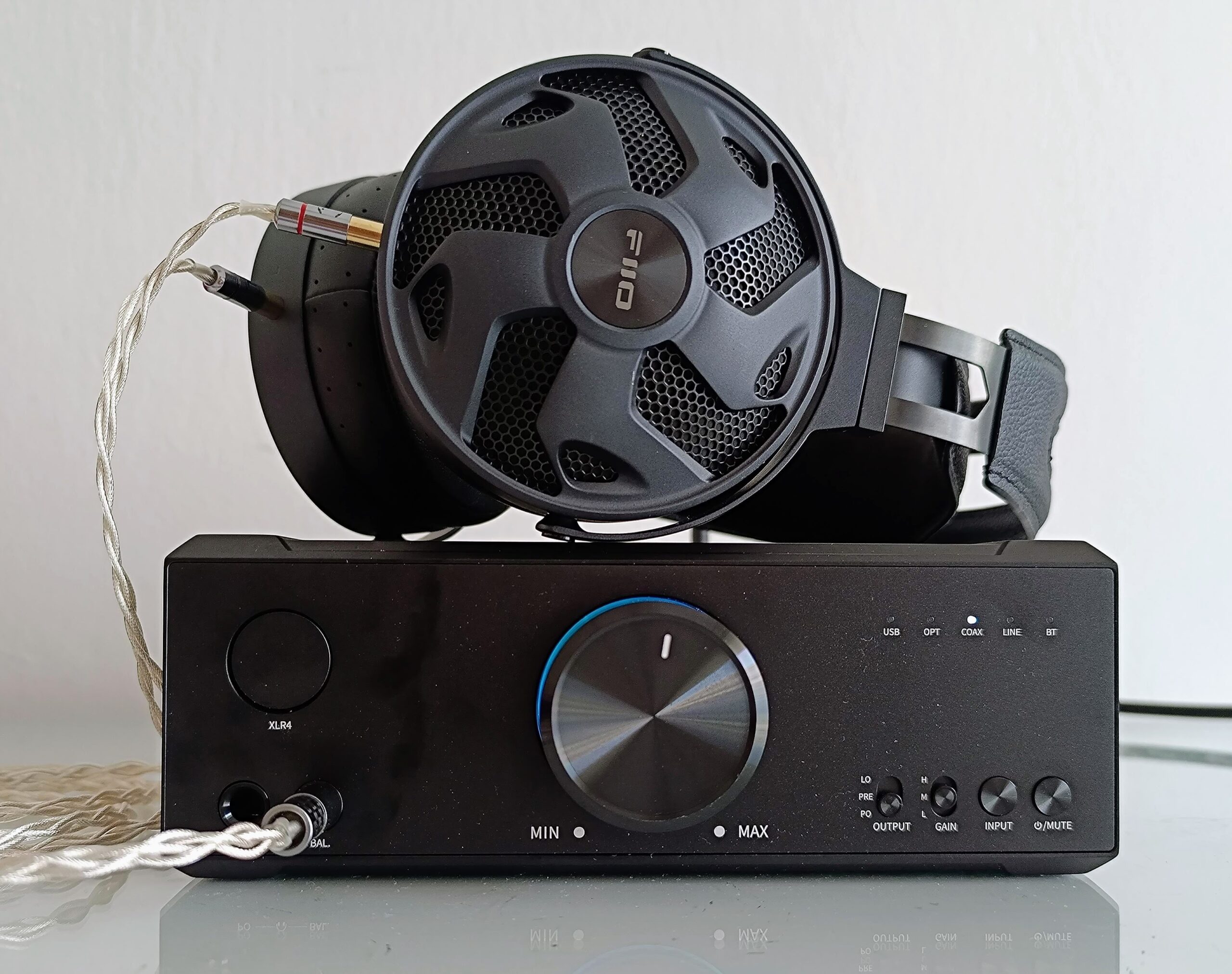
Listening impressions (350Ω)
The FiiO FT3 has a very balanced tuning without any weird tonal shifts while it positively surprises with its crystalline clarity and monitor-like transparency. The FT3 favors a reference kind and audiophile approach to the music reproduction but it is not that lacking in engagement and fun factor either so it is not strictly addressed to people who are seeking a headphone for critical listening.
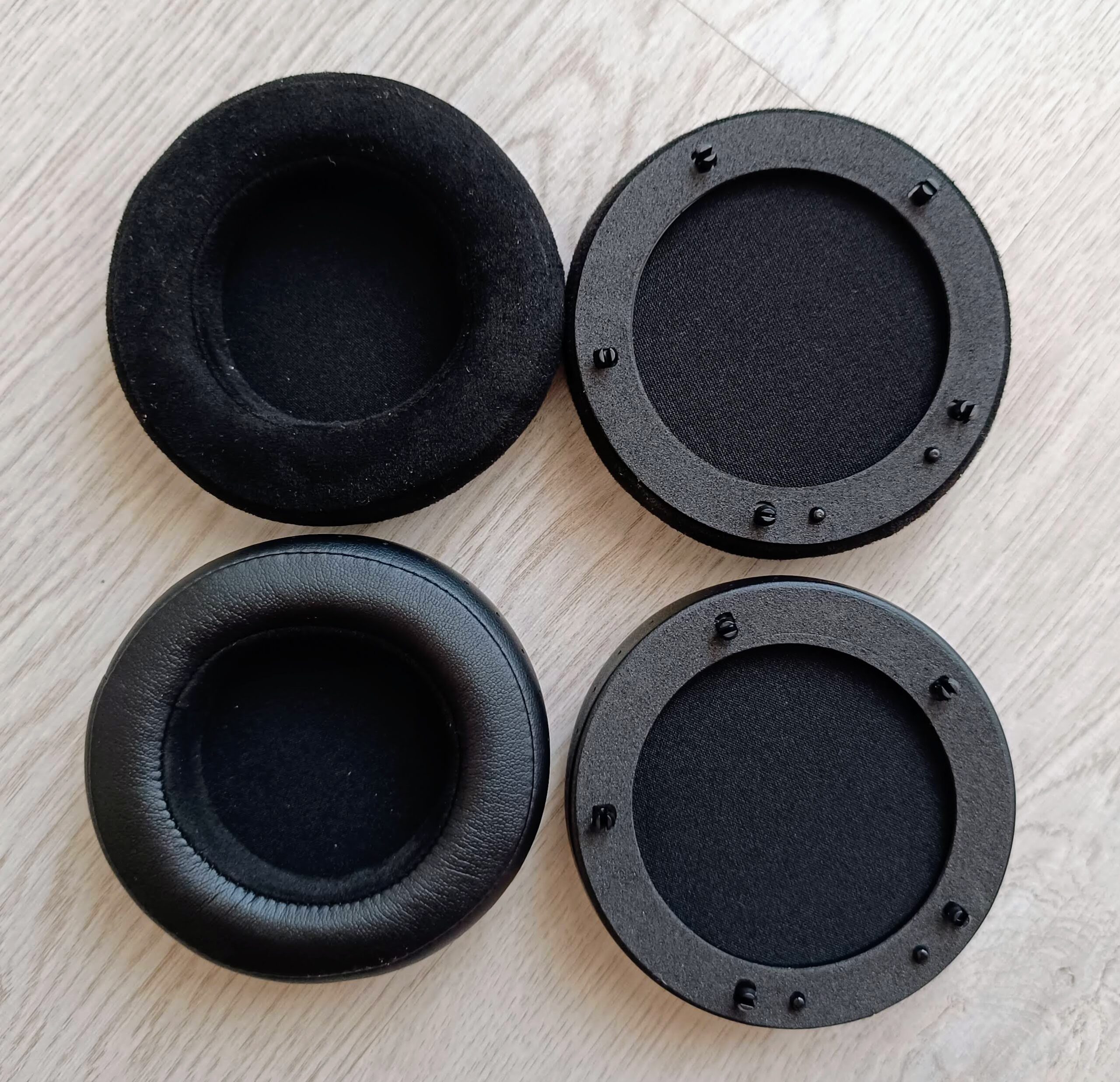
The overall signature of the FiiO FT3 depends on the ear-pads used because they are very effective in fine-tuning the low-end, some portion of the mids, the upper-mids and the treble albeit to a lesser extent. The use of the leather ear-pads results in a more neutral and linearly tuned low-end with just a touch of sub-bass roll off, greater presence to the mids, lesser upper mid-range emphasis and a smoother overall treble response. On the other hand the suede pads give to the FT3 a more V-shaped tuning with a bit of extra bass extension, warmer and slightly colored mid-bass, somewhat subdued mids and extra prominence to the upper mid-range and treble. The audible differences are not subtle and the FT3 has two easily distinguishable sound profiles that make it very versatile and adaptable to various listening habits and types of music.
With both ear-pads the bass is very technical for the category. Tight and controlled with great definition, fast and dynamic without any audible cup reverb while the large driver can move plenty of air so the sound is really impactful and punchy. On the other hand the rigid driver is affecting the overall texture quality which is lean and dry, not that full bodied or weighty and visceral. The suede pads can help a little by adding a bit of extra weight and making the bass sound just more relaxed and warmer.
Going into the mid-range you can use the suede pads to emphasize the upper-mids or the leather pads to make them sound less forward and give some prominence to the actual mid-range. People with hearing sensitivity to the upper-mids will prefer the smoother and less aggressive sound of the leather ear-pads which are also more forgiving in the treble. The suede pads can sound sharper and brighter, a touch shouty at times, but also basier so there is some kind of counter balance here. The FiiO FT3 is super clean and transparent both in the mid-range and the treble but while overall resolution is far better than someone would expect for the category, the texture is not that refined and grain free. The timbre is mostly natural and realistic with both pads yet there is an essence of a metallic tint into the treble which is rather thin and dry sounding, almost metal-cold. The treble is crisp and energetic with plenty of micro detail retrieval on tap and while it is a little bright and not that forgiving, you wouldn’t call it piercing or fatiguing.
The soundstage is wide and spacious with excellent imaging and great ambience communication. Depth layering is limited though and the images lack dimensionality but still the presentation is really grand with plenty of height and accurate positioning into the horizontal plane.
I have enjoyed various tracks with the FiiO FT3 but this is a headphone that really shines with acoustic and classical music as it is able to communicate all the grandeur of high quality recordings.

Listening impressions (32Ω)
Not surprisingly the FiiO FT3 32Ω features a somewhat different tuning than the 350Ω version, something normal since they use completely different drivers.
With the suede ear pads applied to both headphones, the FT3 32Ω is warmer and smoother sounding with a bit less clarity and transparency than the FT3 350Ω but also more polite and less bright in the treble. The FiiO FT3 350Ω has a studio-like and somewhat more clinical and sterile sound signature while the FT3 32Ω has a more audiophile tuning with an easy going character and plenty of musicality.
The 350Ω headphone is more resolving and refined with deeper detail retrieval but it can also sound too analytical and less engaging. The background is blacker and the headphone scales better with better amping.
The FiiO FT3 32Ω sounds more musical and engaging than the 350Ω with extra timbre realism. The tonality is a bit more convincing and accurate when it comes to reproducing acoustic instruments and voices but the low-end is not as extended and rolls-off earlier.The bass on the FT3 350Ω is definitely more impactful and dynamic with improved clarity and definition but also drier and leaner.
Still the bass of the FT3 32Ω is dynamic and impactful, weighty and full bodied, clean and defined with satisfying resolution for the category. It is tight and controlled with excellent timing and fast recovery.
The hybrid pads are very effective in generously boosting the low-end, right from the sub-bass to the lower mid-range but the overall tonality is not that accurate when it comes to reproducing acoustic bass instruments. A side effect when using the hybrid pads is that the bass becomes less controlled, somewhat hazy and gains an audible cup reverb. These pads also mildly subdue the mid-range in such a way that the tonal balance of the headphone becomes more “V” shaped.
Back to the suede pads, the lower mid-range of the FT3 32Ω is a touch more present and intense than in its higher impedance counterpart. The mids sound more organic and fuller than in the 350Ω version, they are more natural and realistic with added harmonic variety and richness.
There is some lack of refinement and resolution, the FT3 32Ω is not as resolving as the 350Ω but still the overall performance and the technicalities are more than satisfying for the category.
The soundstage differences between the two headphones are really subtle, the 32Ω is just a little less wide and spacious while the 350Ω images better with a blacker background around the instruments.
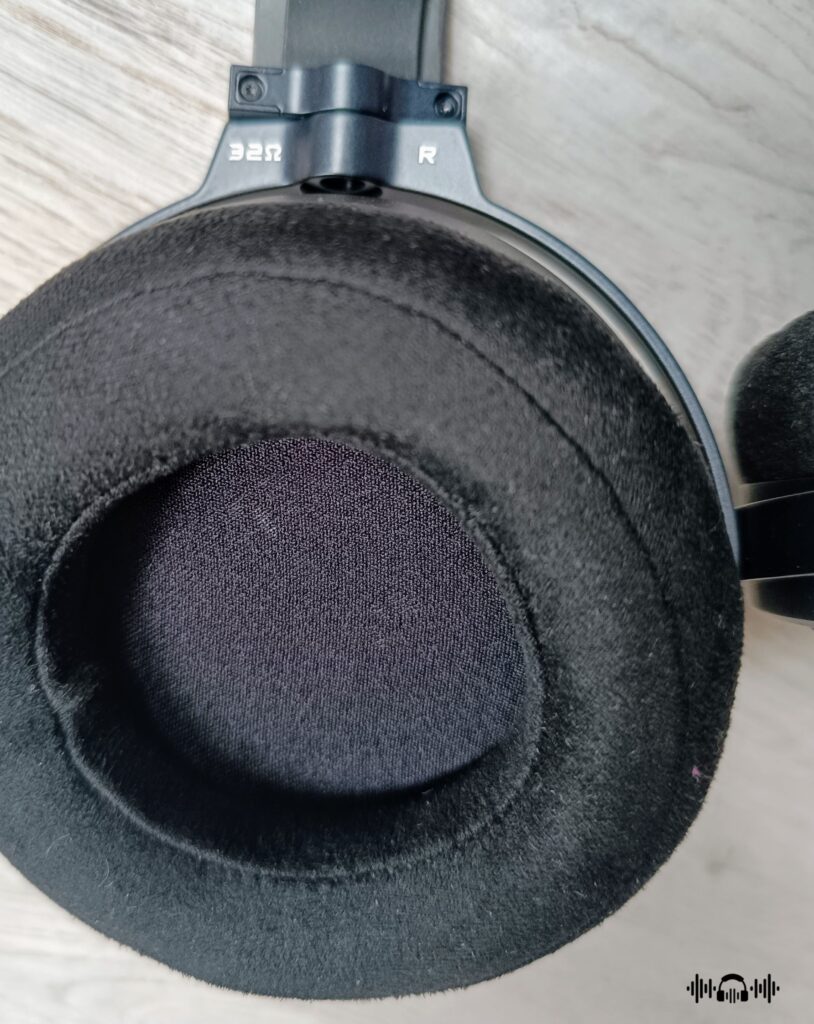
Overall pad effect (both versions)
A notable difference between the two headphones is how they respond to ear-pad rolling and how each set affects their overall frequency response. In the 350Ω version swapping ear pads results in a subtle fine tuning with just minor differences, notably in the low-end and to a lesser extent to the mids and the treble. On the other hand, in the 32Ω version, the hybrid pads are so drastical in boosting the low-end to the point that we can talk about two different sounding headphones as they have been described above.
FiiO FT3 (350Ω) Vs the Sivga Luan ($359)
The Sivga Luan is another high quality headphone for everyone looking to step into the mid-fi category without spending too much. The FT3 is quite different from the Luan because it uses 300Ω drivers so it needs amplification and doesn’t sympathize with portable sources like the Luan. Thus said, FiiO has recently released the 32Ω version but still the Luan is more efficient and portable friendly. Build quality is stellar for both headphones but the FT3 comes with a more generous accessory pack. On the other hand, the Luan is lighter and considerably more comfortable than the FT3.
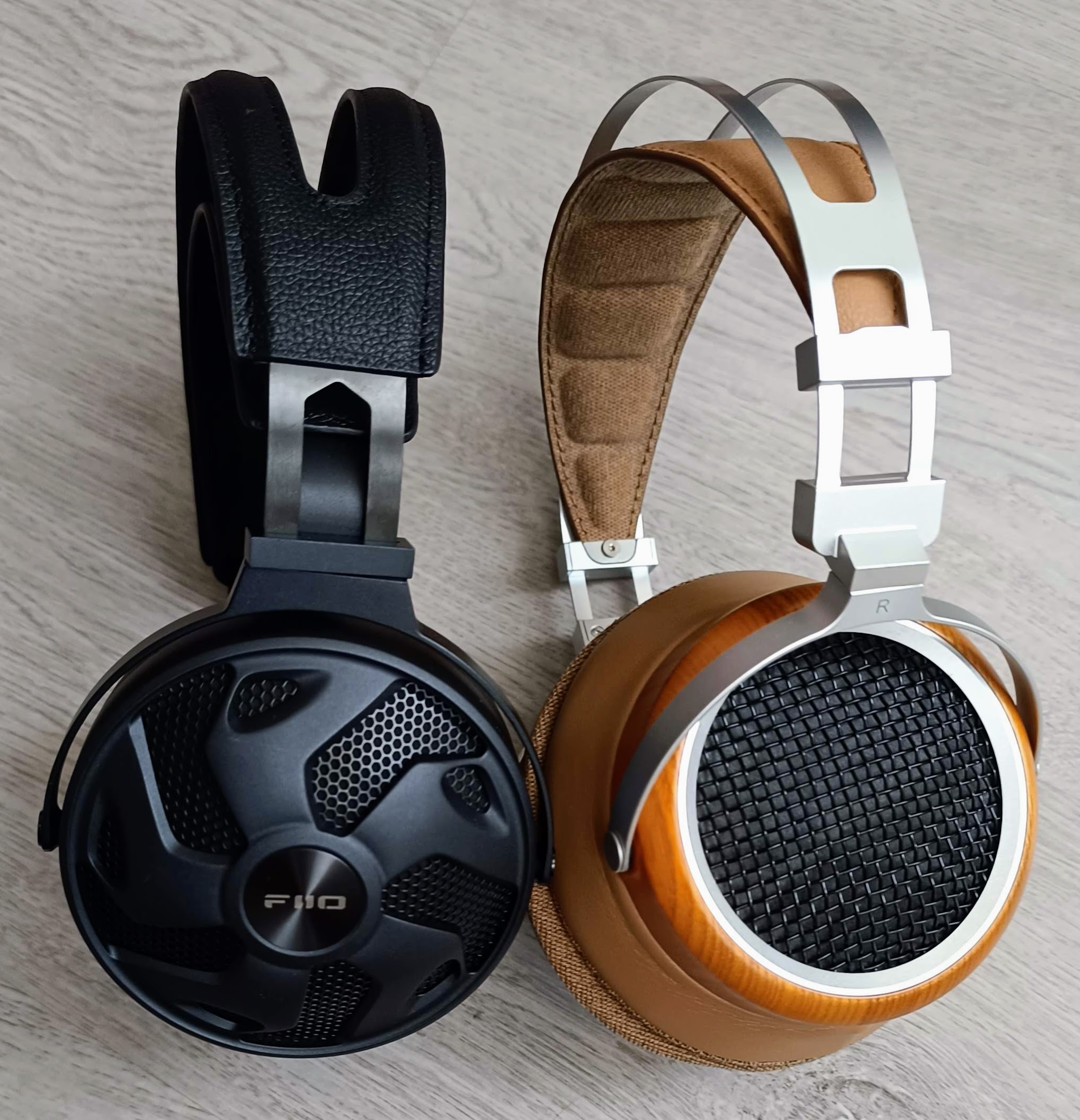
Their sound signature is quite different as the FT3 follows a tuning that is in the opposite direction of the Luan. This is a fast and very energetic headphone with a comparatively emphasized upper mid-range and a sharper, slightly brighter treble. The FT3 is more clear and less warm, it is not as forgiving as the Luan and is also more analytical and detailed but a touch more sterile. It resolves better in the treble and the mids, it has better overall transparency but it doesn’t have the same melodious sound of the Luan while it exhibits a slightly less realistic timbre. The FT3 has a deeper low-end and is more dynamic and impactful with better technicalities in the bass but it isn’t as organic sounding as the Luan. So comparatively, the FiiO FT3 has a reference-critical tuning while the Luan is slightly more casual sounding with lesser technicalities but stronger timbre realism.
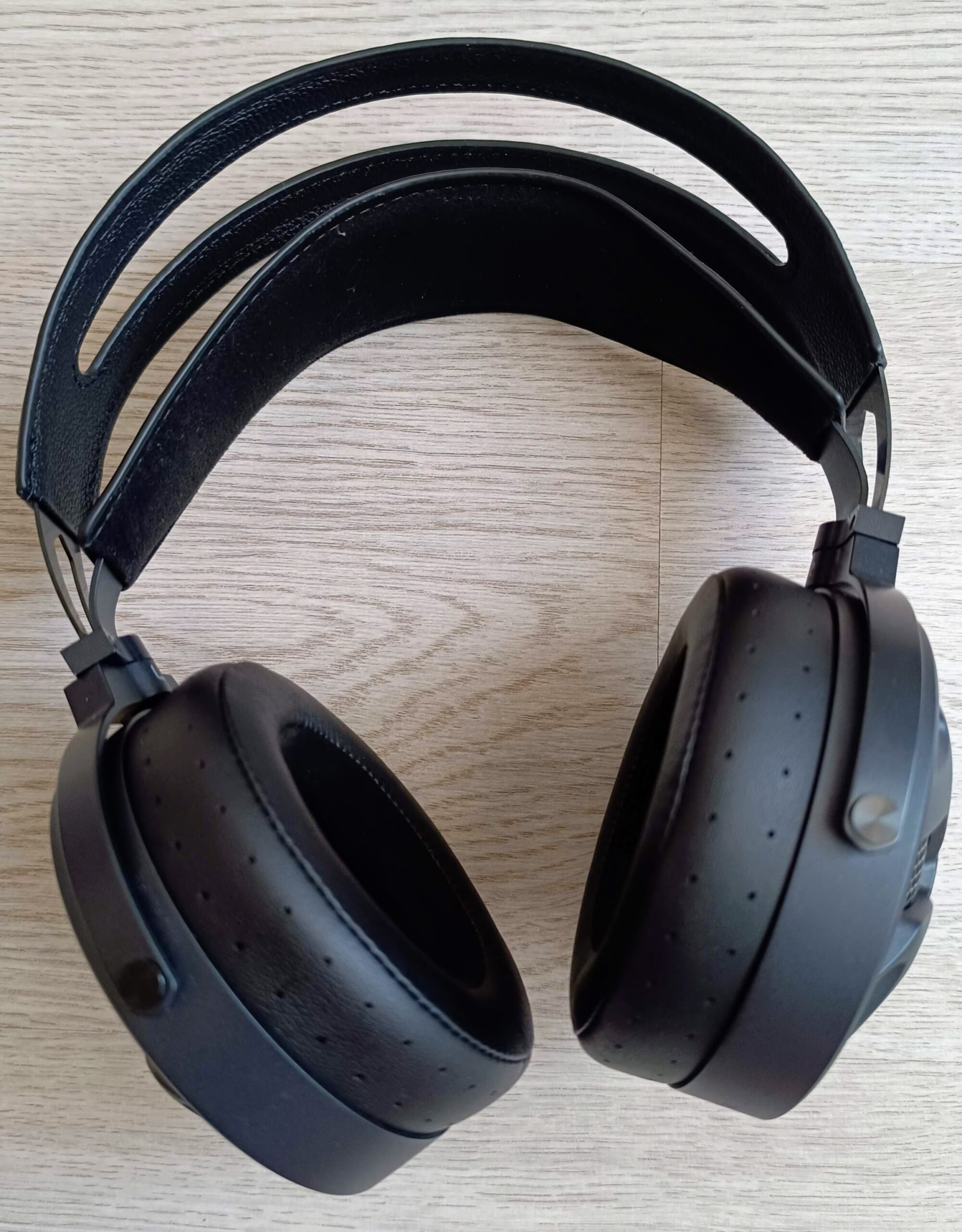
In the end
The FT3 350Ω is quite different from what someone should have expected from FiiO’s first open back headphone when it comes to tonality and overall sound signature. Instead of going the casual route, FiiO have decided to make a reference and monitor-like sounding headphone with class leading transparency and technicalities which also requires a headphone amplifier.
On the other hand the FiiO FT3 32Ω has an audiophile oriented tuning with a warmer and more relaxed sound signature that can be additionally enhanced with plenty of extra bass thanks for the hybrid ear-pads, adding great versatility to this version of the headphone which is also more portable friendly.
The FiiO FT3 is undoubtedly a great, entry level headphone for a great variety of users as it comes in two versions, each one having its distinctive tuning and different power requirements. Comfort can be improved though but build quality is really stellar and the headphone comes together with one of the most inclusive accessory bundles in the market thus making it a tremendous value for money and a very successful first entry for FiiO in the full sized headphones category.
Copyright – Petros Laskis 2023.
+ Reference (350Ω) or audiophile (32Ω) + Balanced and neutral tonality + Crystal clear and transparent + Excellent technicalities for the category + Impactful and dynamic + Two distinct sound profiles + Wide soundstage with accurate imaging + Suitable for monitoring (350Ω) or for casual listening (32Ω) + Easy pad swapping + Excellent build quality + High quality, modular cable + Lightweight + Plenty of high quality accessories - Slightly artificial and metallic timbre (350Ω) - A little bright (350Ω) - Lean and dry (350Ω) - Not the most resolving or refined (32Ω) - Slightly lacking in treble extension (32Ω) - Not as impactful and dynamic (32Ω) - Not the most comfortable ear-pads - The cable is too long (350Ω)


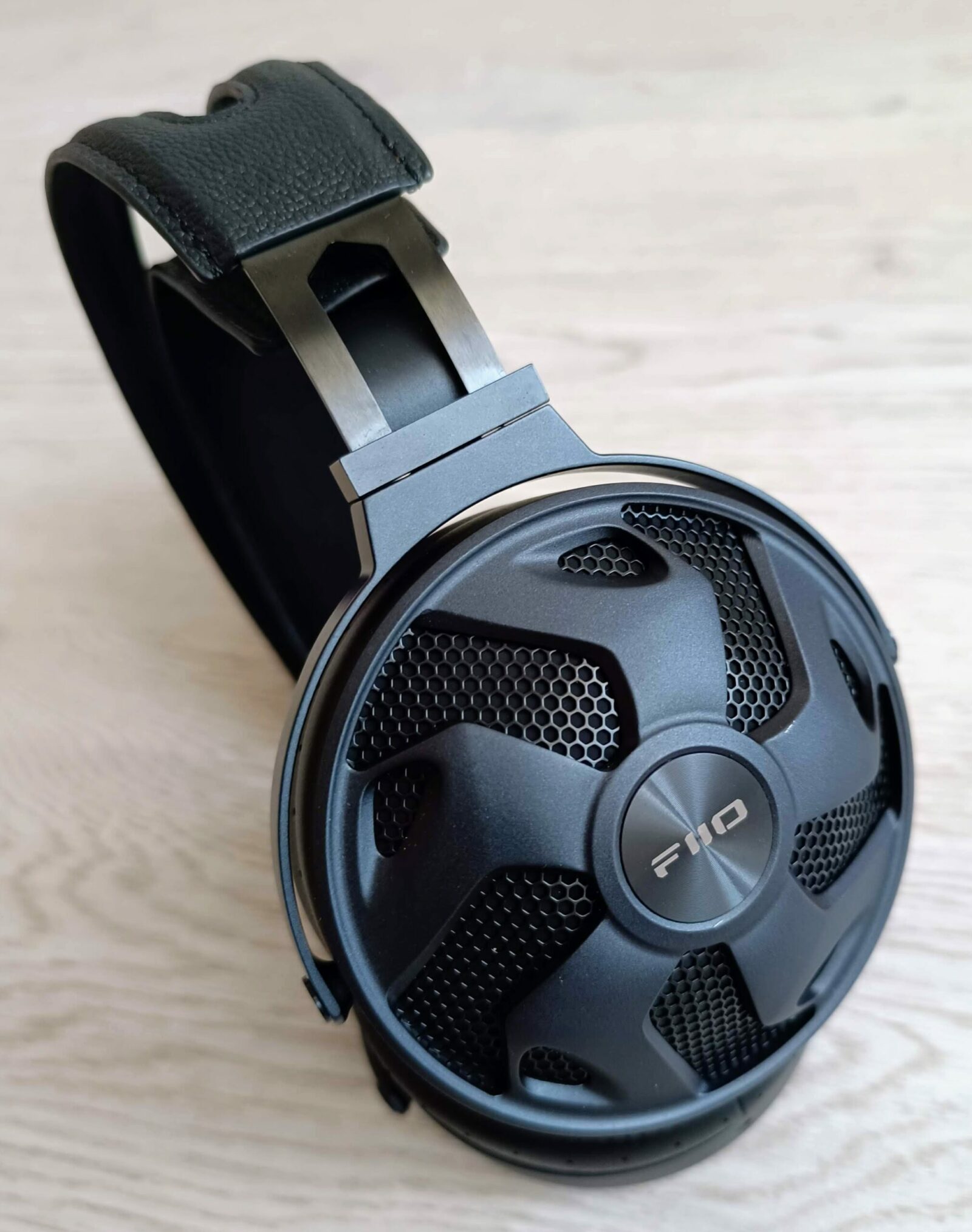

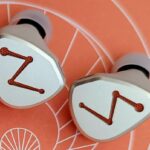
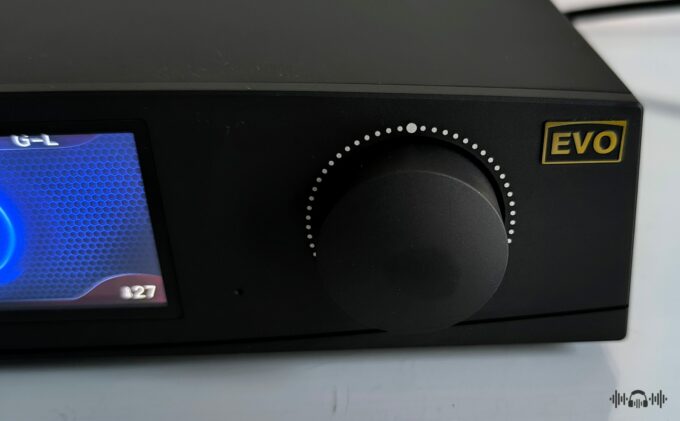
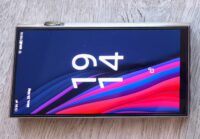
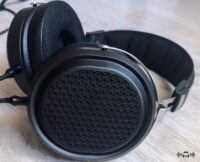
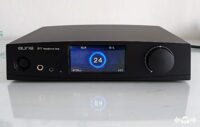

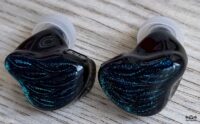
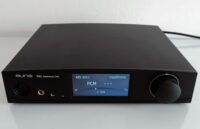
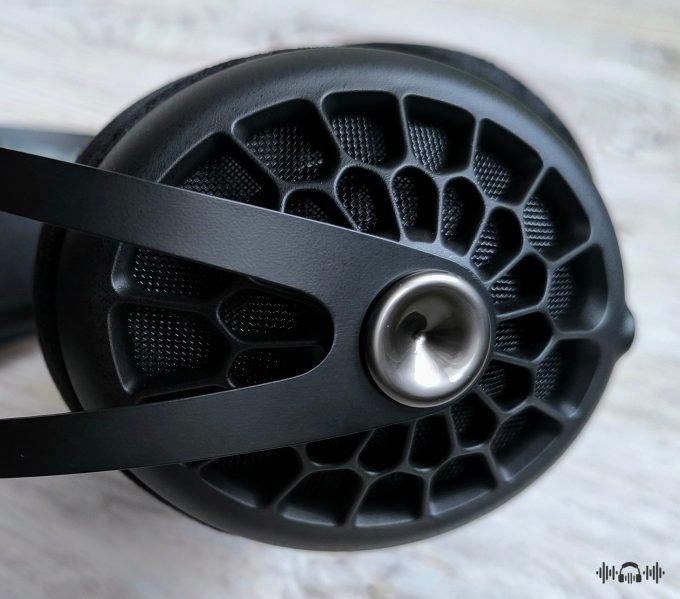
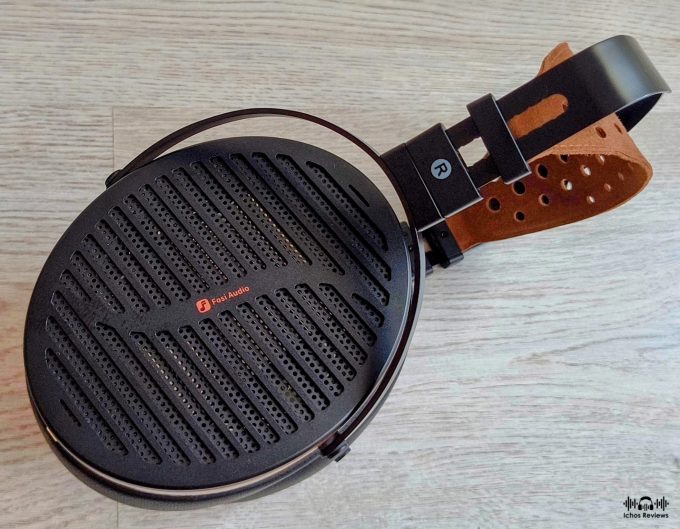
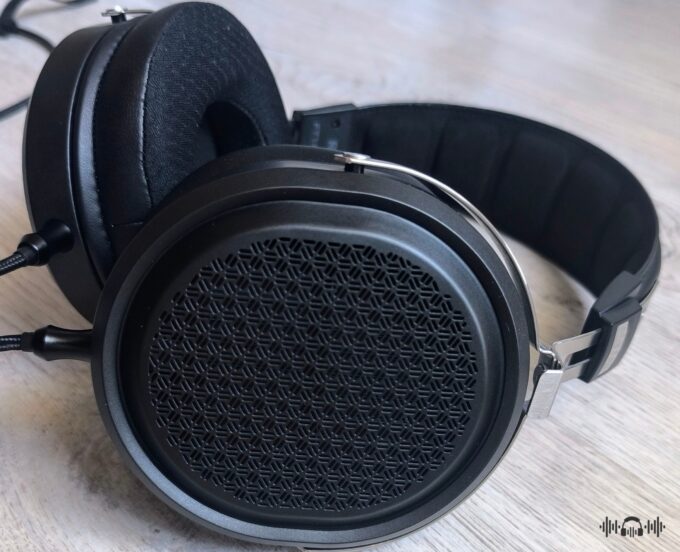
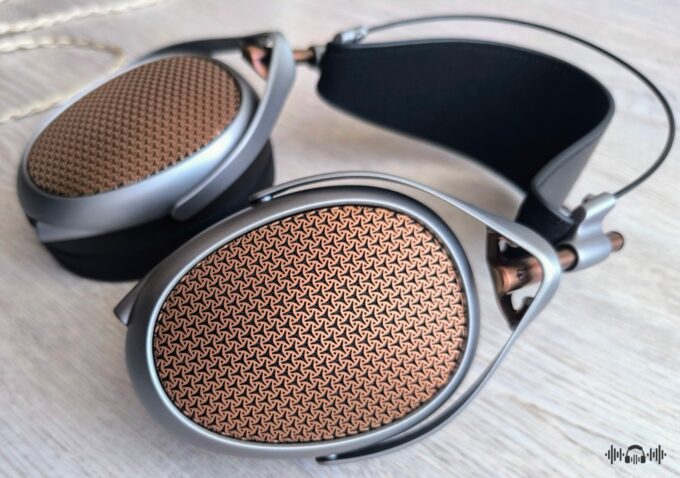

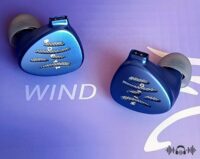
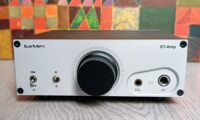
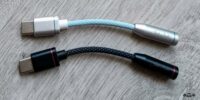
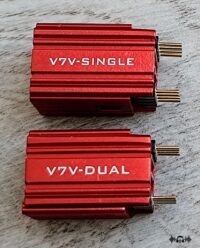

Leave a comment